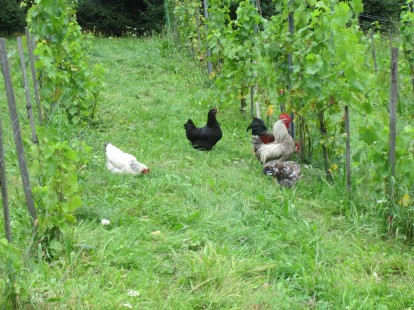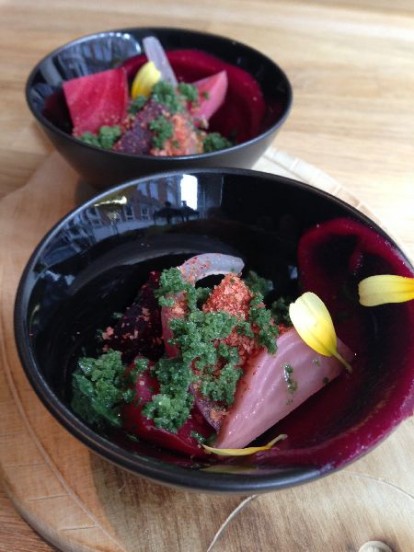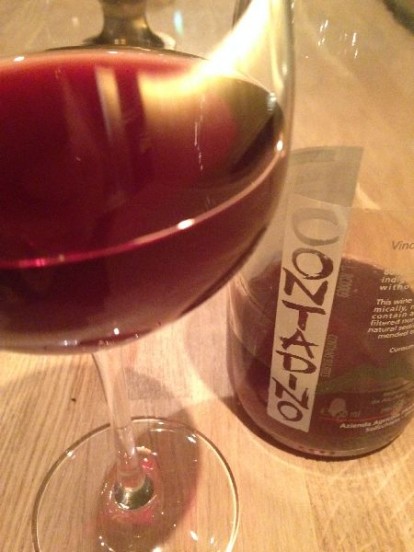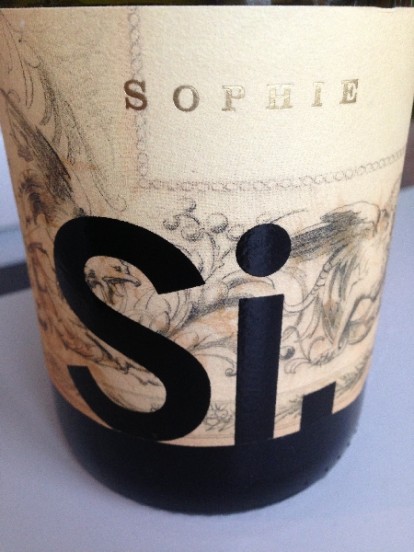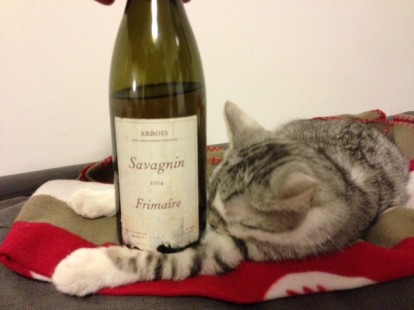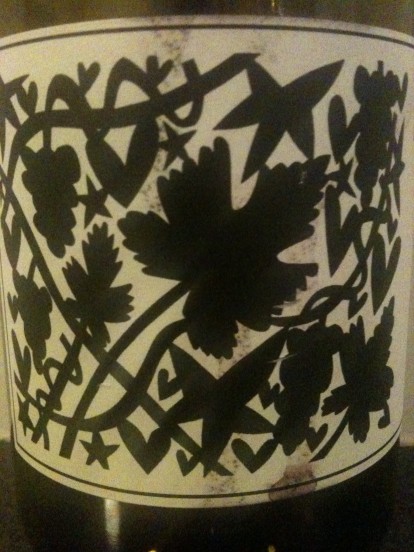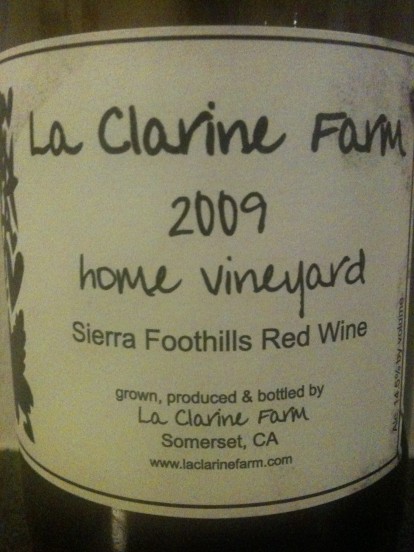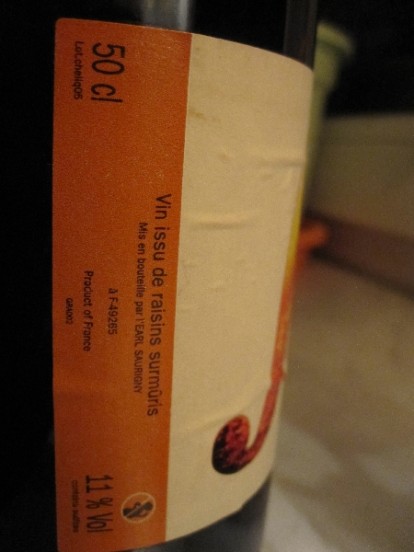I want to tell you a true story about wine and how it’s made. I went to visit a winemaker in Piemonte last year, a producer I respect tremendously and whose wine I often use as the benchmark against other wines from the same grape and same area. The wines are not complicated. They are simple and I like them that way.
We sat down to taste, as is the normal routine when visiting a winemaker. But this tasting turned out to be very different than routine. She began by showing me two «identical» bottles of wine side by side and asked me to taste each one and let her know what I thought.
The first I tasted was good, but not fantastic. It tasted quite ordinary. Nothing about the wine turned me off necessarily, but nothing about the wine made me take notice. It tasted like a standard, off the shelf wine. She then poured me a glass from the second bottle, and wow! OK, this I recognized as her wine. Compared to the first bottle, this one was «alive». Aromas jumped out of the glass to greet me much more eagerly then the first wine. More precise fruit, more depth, just a pleasure to sniff. On the palate, deeper yet fresher fruit. Clean, refreshing and drinkable. Absolutely drinkable.
So I said to her that I thought the first wine was not her wine and that the second wine was hers. She said “no”, these are both “my wines”! What?!
So,what was the difference between these two wines? Well, the difference was quite simple really, and at the same not simple at all. They were both made from the same healthy, ripe grapes, from the same vineyards, picked exactly at the same time. What? Impossible! But wait…
The first wine tasted was made from grapes that were sent to a laboratory immediately after harvest. In that laboratory they proceeded to make wine like many conventional wine makers do. They added sulfur. They selected a yeast to begin the fermentation, which of course finished quickly within 7-10 days. They added sulfur, enzymes, clarifying and clearing agents, sulfur, etc, etc etc. They then filtered the wine, added sulfur then bottled it. The whole process took a month or so.
The second bottle was made by the winemaker in the winery, they way they always make their wine. That is, nothing much. No added yeast to start the fermentation, no enzymes, no sulfur, no clarifying or clearing agents, etc, etc, etc. Just a light filtration before bottling. That’s it and the process took about 5-6 months instead of just one month.
The difference was remarkable, not only in the wine making, but also in the final product. Some might argue that the first wine was fine and good, but nobody with proper taste buds would prefer the first wine after tasting the second. So why do producers make wine (like) in a «laboratory»? Well, the answer is quite simple, it’s often about time and money. By producing wine in a conventional manner, we can guarantee that the wine will ferment, we can expect a standardized product year after year, and we can do all of this very quickly. Time is money and most wine consumers want their favorite wine to always taste the same.
With “natural wine making” on the other hand, we don’t know when fermentation will begin, or if it will begin at all. More importantly, we don’t know how the fermentation will go and when it will stop. The choice to make natural wine may not be rewarding initially, but over time and with experience, the choice is often rewarded.
So please, don’t ruin your perfectly good grapes. Thank you
